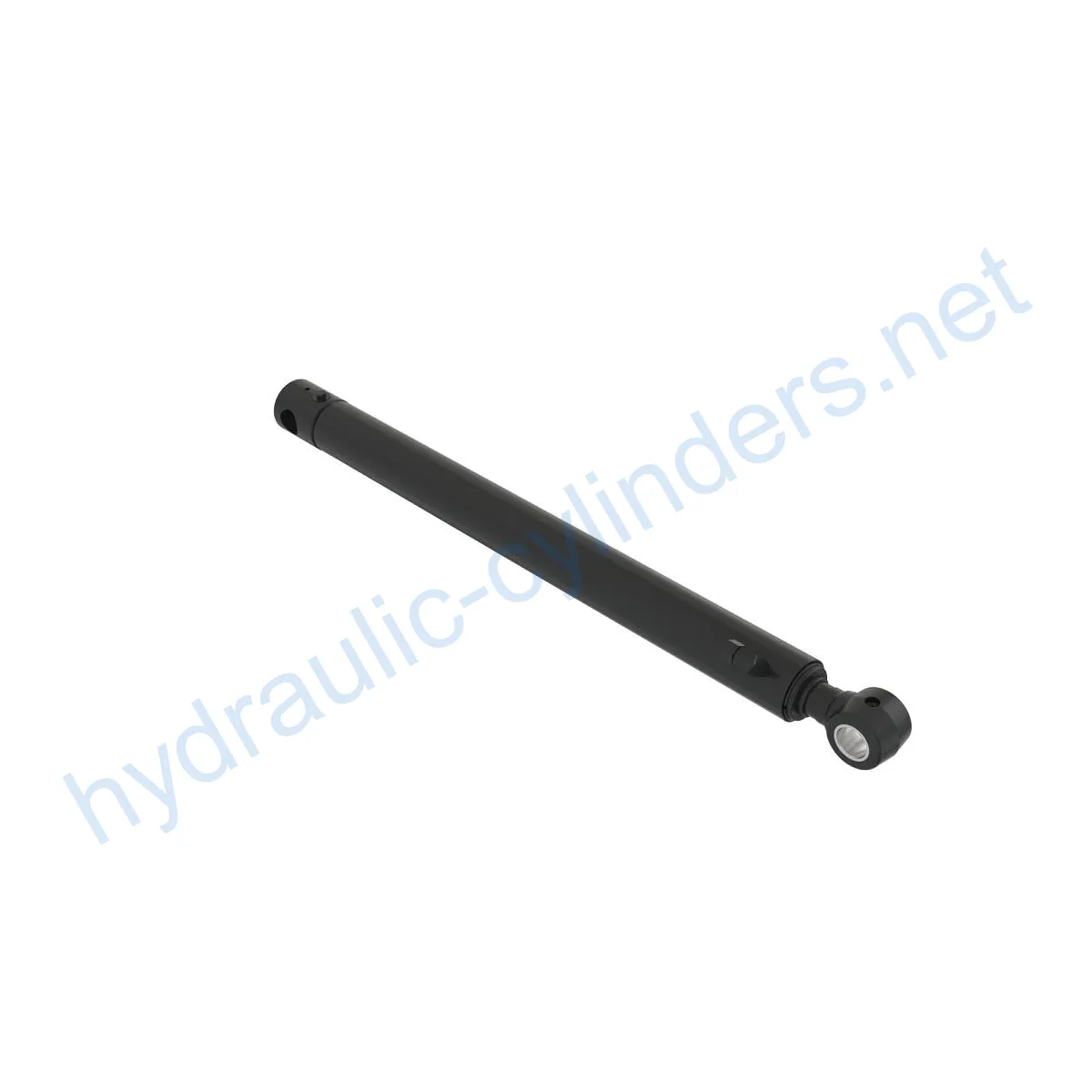Replacement Of AHC20099 Bucket Hydraulic Cylinder
Являясь одним из производителей, поставщиков и экспортеров механической продукции, мы предлагаем гидравлические цилиндры и многие другие изделия.
Пожалуйста, свяжитесь с нами для получения подробной информации.
Почта:sales@hydraulic-cylinders.net
Производитель поставщик экспортер гидроцилиндров.
Replacement Of AHC20099 Bucket Hydraulic Cylinder
Introduction
The Replacement Of AHC20099 Bucket Hydraulic Cylinder is a hydraulic component used in various machinery, such as the 310 P, 310K, and 310L models. It plays a crucial role in enabling the smooth operation of equipment by providing the necessary force to move different parts.
Specifications and Models
- Weight: 89.874 lb
- Height: 11.6 in
- Width: 15.1 in
- Length: 56.5 in
- Models: 310 P, 310K, 310L
Характеристики
- Improved Equipment Performance: Replacing damaged or worn hydraulic cylinders can restore the equipment’s normal operational capabilities, ensuring optimal performance in various applications.
- Enhanced Safety: Regularly replacing hydraulic cylinders reduces safety hazards caused by cylinder failures, ensuring the safety of operators and equipment.
- Overload Protection: Modern cylinder designs often incorporate better overload protection mechanisms, improving overall safety.
- Quick Installation: Hydraulic cylinders are designed for easy installation and replacement, minimizing downtime.
- Standardized Components: Many hydraulic cylinders are standardized, making it easier to obtain replacement parts in the market.
Applications
- Excavators: Hydraulic cylinders in excavator arms or buckets may get damaged due to prolonged use or overload, requiring replacement to restore normal operation.
- Cranes: Hydraulic cylinders in crane booms can experience wear during frequent lifting and lowering processes, necessitating regular replacement for safety reasons.
- Tractors: Hydraulic cylinders in front-end loaders of tractors may develop leaks or performance issues during constant lifting and tilting operations, requiring replacement.
- Harvesters: Hydraulic systems in harvesters endure high pressure during the harvesting process, and cylinders may get damaged due to fatigue, necessitating timely replacement to maintain work efficiency.
- Automated Production Lines: Hydraulic cylinders are used to control robotic arms and other automated equipment. Any cylinder failure can adversely affect production efficiency, making prompt replacement essential.
- Die Casting Machines: Hydraulic cylinders in die casting machines may experience performance deterioration in high-pressure and high-temperature environments. Regular replacement ensures product quality.
- Mining Equipment: Hydraulic cylinders are utilized in mining equipment for lifting and moving heavy loads. Regular inspection and replacement are necessary due to the harsh working conditions to prevent equipment failures.
- Bulldozers: Hydraulic cylinder wear on bulldozer arms can lead to decreased pushing ability, requiring timely replacement to maintain operational efficiency.
Maintenance Tasks
- Regular Inspections: Conduct routine checks to identify any issues or abnormalities in the hydraulic cylinder.
- Proper Lubrication: Ensure adequate lubrication to prevent excessive friction and extend the lifespan of the cylinder.
- Seal Replacement and Calibration Checks: Replace worn seals and perform calibration checks to maintain optimal performance and prevent leaks.
Safety Considerations and Environmental Factors
When using hydraulic cylinders, it is crucial to follow safety measures to prevent accidents and ensure the well-being of operators and the environment. Proper handling, maintenance, and disposal of hydraulic fluids are essential for safety and environmental protection.
Troubleshooting and Common Issues
Hydraulic cylinder problems can arise from various factors. Here are some common issues:
- Leakage: Inspect for any signs of fluid leakage and address the issue promptly.
- Loss of Force: If the cylinder’s force output is insufficient, it may indicate internal damage or wear.
- Slow Operation: If the cylinder’s movement becomes slow or uneven, it may require maintenance or replacement.
- Noise or Vibration: Unusual noises or excessive vibrations can be indicators of cylinder malfunctions.
Proper troubleshooting and timely resolution of these problems are crucial to ensure optimal performance and prevent further damage.
Preventive Measures
To minimize potential issues, consider the following preventative measures:
- Regular Maintenance: Implement a scheduled maintenance plan, including inspections, lubrication, and seal replacement.
- Correct Installation: Provide proper alignment guidance during installation, recommend using appropriate installation brackets for cylinder stability.
- Inspection, Repair, and Replacement Procedures: Follow recommended procedures for inspection, repair, and component replacement. Offer replacement parts and rebuilding services to enhance the lifespan of the hydraulic cylinder.
- Skills for Prolonging Lifespan: Provide tips and techniques to optimize the lifespan of hydraulic cylinders, such as proper lubrication and safe operating practices.

Design Considerations and Selection Criteria
When choosing a hydraulic cylinder, several factors should be taken into account:
- Load-Bearing Capacity: Select a cylinder with the appropriate load-bearing capacity for the intended application.
- Sealing and Durability: Consider the cylinder’s sealing capabilities and durability to ensure long-lasting performance.
- Safety: Look for cylinders designed with safety features to protect against potential hazards.
- Maintainability: Choose cylinders that are easy to maintain and service, optimizing efficiency and reducing downtime.
Sealing and Lubrication
Hydraulic cylinders employ various sealing components, such as piston seals and rod seals. These seals are made of wear-resistant materials like polyurethane and nitrile rubber. The cylinder body and threaded ends undergo precision processing to enhance wear resistance. Regular lubrication with the appropriate hydraulic oil is necessary to ensure smooth operation.
Regular Inspection and Preventive Maintenance
- Inspections: Regularly inspect the hydraulic cylinder for any signs of wear, leakage, or damage.
- Lubrication: Adhere to recommended lubrication practices to prolong the cylinder’s lifespan.
- Seal Replacement and Calibration: Replace worn seals and perform calibration checks to maintain optimal performance.
Installation Guide
Proper installation is essential for the optimal functioning of hydraulic cylinders. Follow these guidelines:
- Align the cylinder correctly during installation.
- Use appropriate installation brackets to secure the cylinder
Take a Tour of Our VR Factory:
Take a tour of our VR factory with the following
Hydraulic Cylinder Application:


